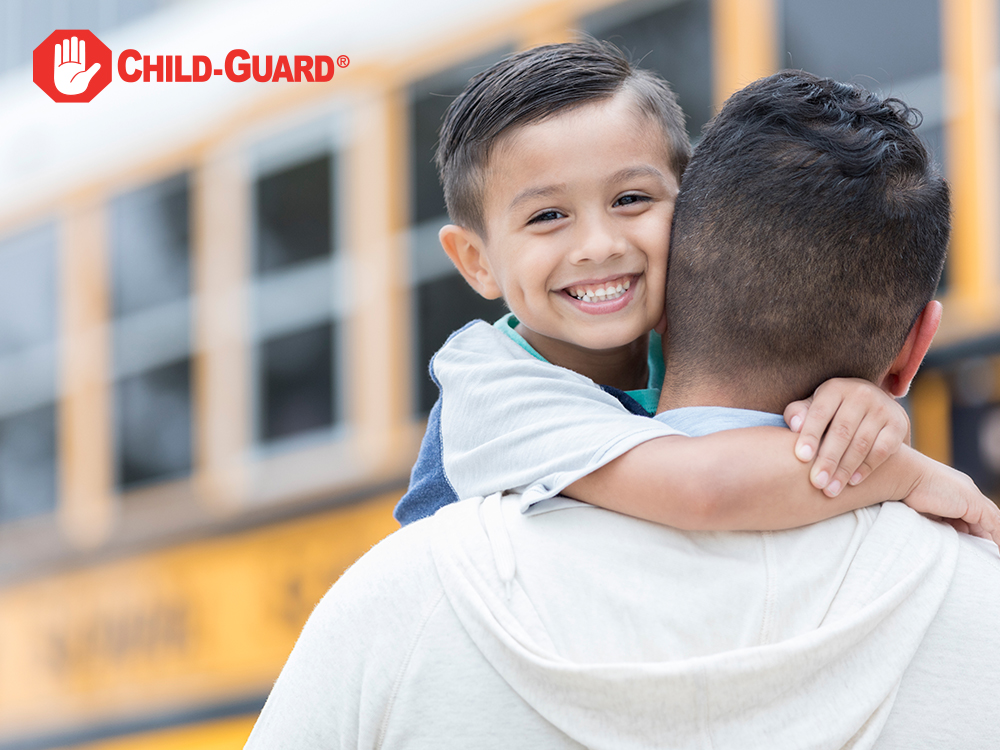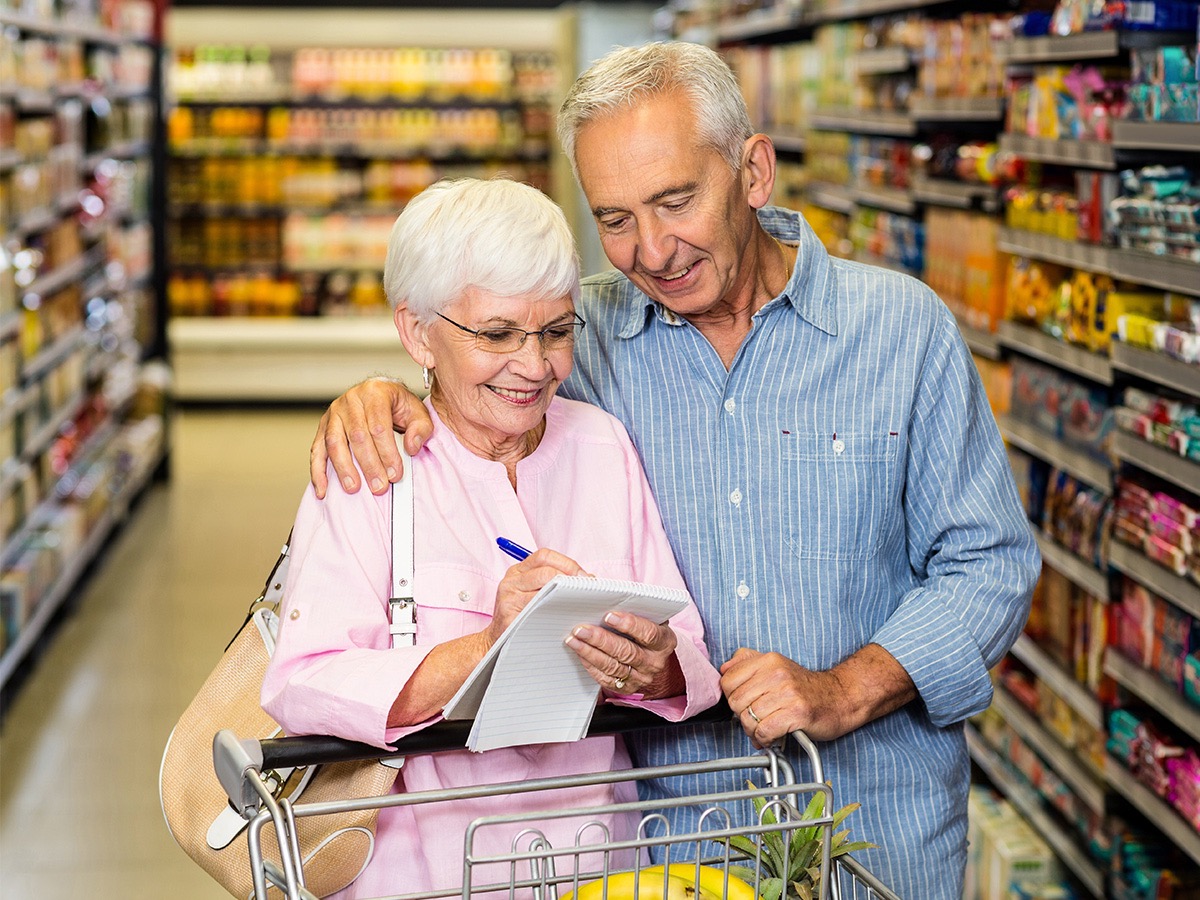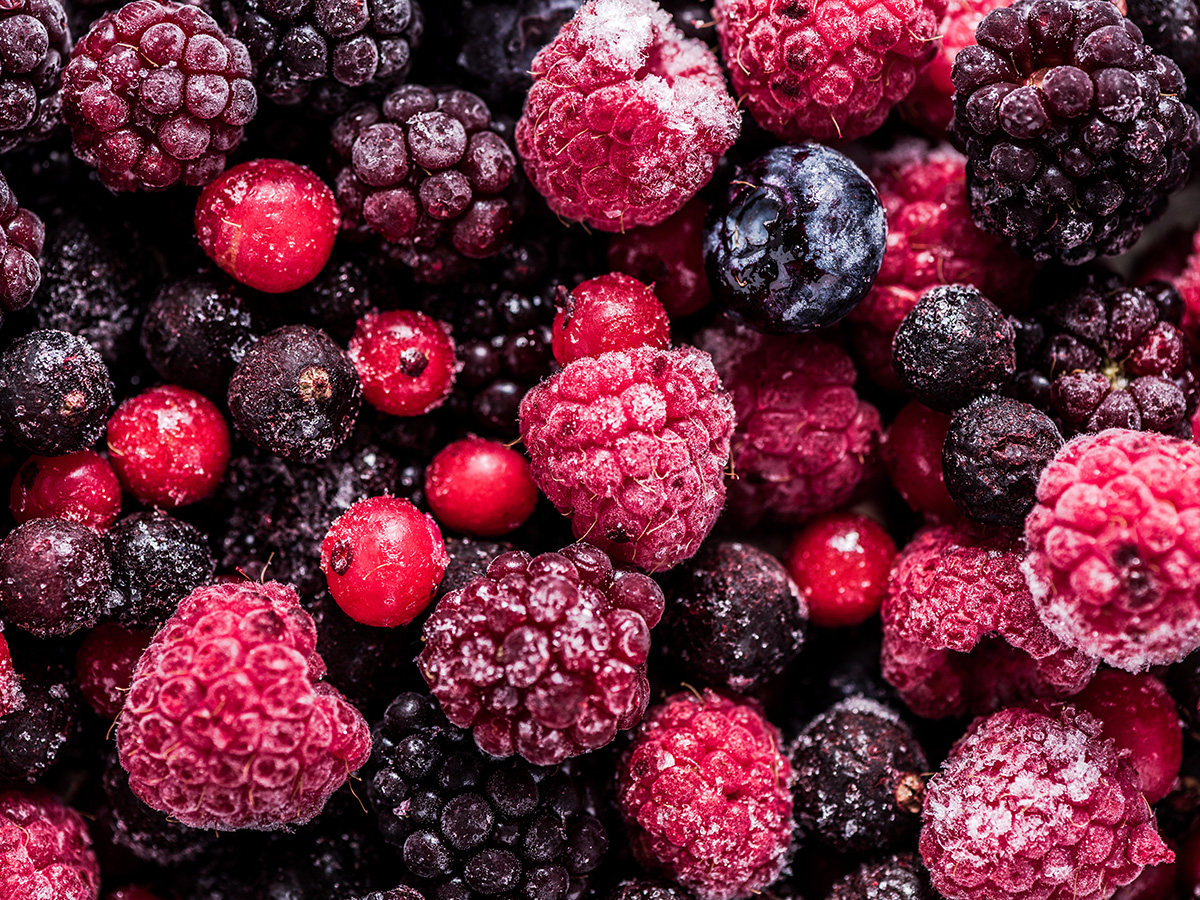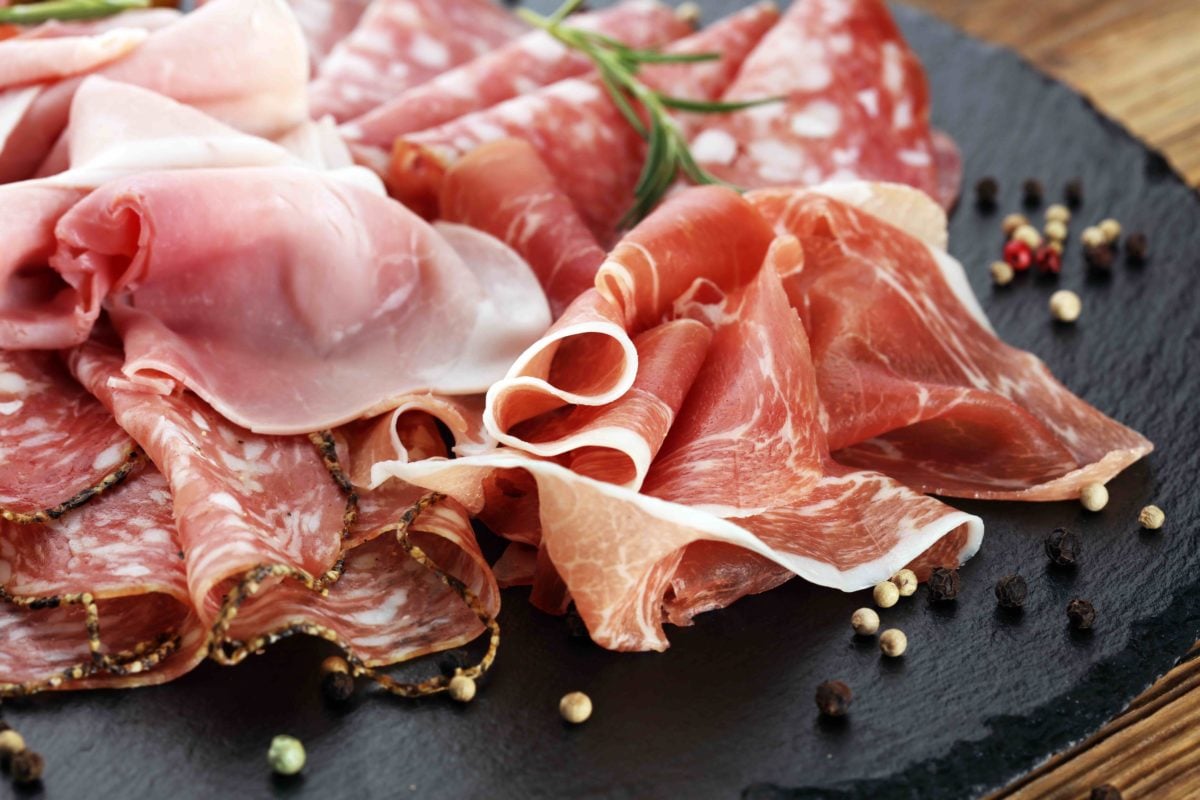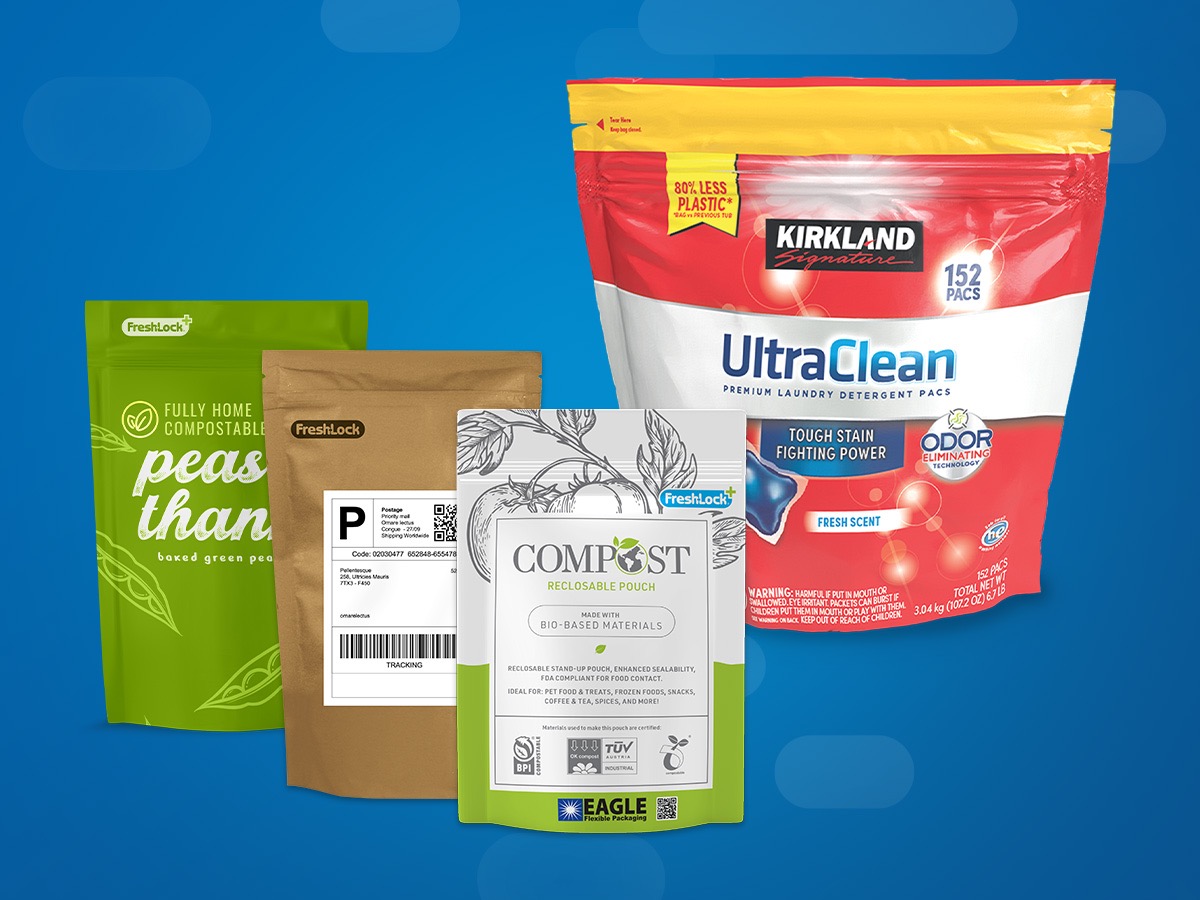
School Safety Advice for Parents of Preschoolers and Kindergarteners
For some parents, the return of students to the classroom after a summer of insanity at home is a huge relief. However, for parents of children heading into preschool or kindergarten, it could be a different story.
That very first day of school can be just as scary for moms and dads as it is for the kids. Until now, you may have kept them close. And, even if your child has spent time at a daycare, the transition to school feels different.
Concerned parents want to make sure their kids will be safe. To help ease your mind, we’ve put together some school and classroom safety tips for families with kindergarten and pre-K students.
Get Elementary Students to School Safely
No matter how transportation will work for your younger students, safety is a consideration.
Child Safety on the School Bus
Learning how to get on and off the bus safely can be a big deal for four- and five-year-olds. This experience will also help give kids a sense of independence and build their confidence.
Basic school bus safety tips for first-time riders include:
- Meet the bus driver and tour a school bus.
- Stay out of the street while waiting for pickup.
- Use the handrail when entering and exiting the school bus.
- Make sure the driver can see you during drop-offs.
- Wait for the driver’s signal before crossing the street.
- Stay seated during the school bus ride.
Keep Young Kids Safe While Walking and Biking to School
If your home is close enough, having your children walk to school may be an option. This seems like a big step for kindergarten students, and it is, but it can work out in some situations if you follow some basic guidelines.
Parents should practice the route with younger students before the start of school, and potentially accompany them for the first week or so. Having young students walk home together in groups can be a great way to keep your kids safe. You can also ask older siblings or neighborhood friends to walk with your child.
Other pedestrian safety tips for kids include:
- Stick to the route; don’t wander or take shortcuts.
- Do not goof off (push or shove) near the street.
- Wear brightly colored or reflective clothing.
- Wear a helmet when riding a bike.
- Learn how to cross the street safely and obey traffic signals.
Walking or biking to and from school is a good way to teach kids about bicycle and pedestrian safety so they learn how to follow the rules. Get more info from SafeRoutesInfo.org.
Safe Kids Worldwide has an interactive graphic that will help you and your kids learn about getting to school and back home safely.
Stay Safe While Driving Kids to School
Recess will no doubt be one of the most fun and exciting parts of your new student’s school experience. It can also be a time when injuries occur.
With more than 213,000 preschool and kindergarten-age children being treated annually in U.S. emergency departments for playground-related injuries, it’s important that parents and teachers learn how to keep kids safe. Monkey bars, swings, and slides tend to be common areas where accidents can happen. Parents should help preschool and kindergarten students understand their physical limitations on the playground.
Bumps, bruises, and scraped knees are part of being a kid. So is learning to take calculated risks during play, but you can help limit those potentially dangerous situations. There will be supervision during recess, but there will also be a lot of kids. Parents know how hard it can be to watch their own kids on the playground. Imagine supervising dozens of them! That’s why teaching students to play safely is smart.
Eating Safely in School
If you’re the parent of a child with food allergies, you probably worry about what your kid is eating when you’re not around. Food allergies can be a bigger concern in preschool and kindergarten classrooms where snack time is part of the daily routine, and other families are contributing snacks.
Common food allergens in children include:
- Peanuts (peanut butter)
- Tree nuts such as walnuts and cashews
- Milk/dairy
- Wheat (gluten)
- Eggs
- Soy
As a parent, you need to make your child’s teacher and school administrators aware of any food allergies. You may be required to provide emergency treatment to the school nurse, such as an EpiPen. Children with severe allergies may want to wear a medical ID bracelet.
Some schools (but not all) have rules about the kinds of food that can be brought to school. Still, it’s hard for younger children to say no to snacks that everyone else is eating, even if they realize they shouldn’t have it. If your child has allergies, consider providing the teacher with an alternative snack for your child for occasions when something is brought in that they can’t eat.
If you want to learn more about common food allergies in kids, visit HealthyChildren.org and speak with your pediatrician about your concerns.
Know the School’s Emergency Plan
When your child starts school, you’ll likely get a folder full of handouts and documents. Somewhere in that stack there is likely some information about how the school will respond in emergency situations and natural disasters, which you should read.
You should also make sure to provide emergency contact information and updated contact info for your family doctor or pediatrician.
If you’re ever unclear about the emergency plan at your child’s school, ask about it.
Child Safety in the Classroom
Kindergarten and preschool teachers also play an important role in creating a safe environment for their students.
Cheryl Hatch from The Preschool Professor, offers safety advice for educators as well as parents. Of course, fire extinguishers and first aid kits are must-haves. Hatch also suggests having an organized classroom that’s designed to keep kids safe.
“While you are looking over your room arrangement, take the time to check out the toys and furniture. Check for broken pieces, jagged edges, or anything else that could have the potential to harm children. Throw them away or get them fixed. “
Big messes are bound to happen in preschool and kindergarten classrooms. Hatch urges teachers to clean up spills quickly to avoid slips and falls.
Cleaning supplies can be another potential safety hazard for young kids. Make sure cleaners containing chemicals are stored in a safe place where students can’t reach them. If you’re teaching kids to help clean up, make sure they are supervised when using any cleaning products.
Teachers who want more advice on classroom safety can find additional tips from EducationWorld.com.
Child-Resistant Packaging Helps Keep Classrooms Safe
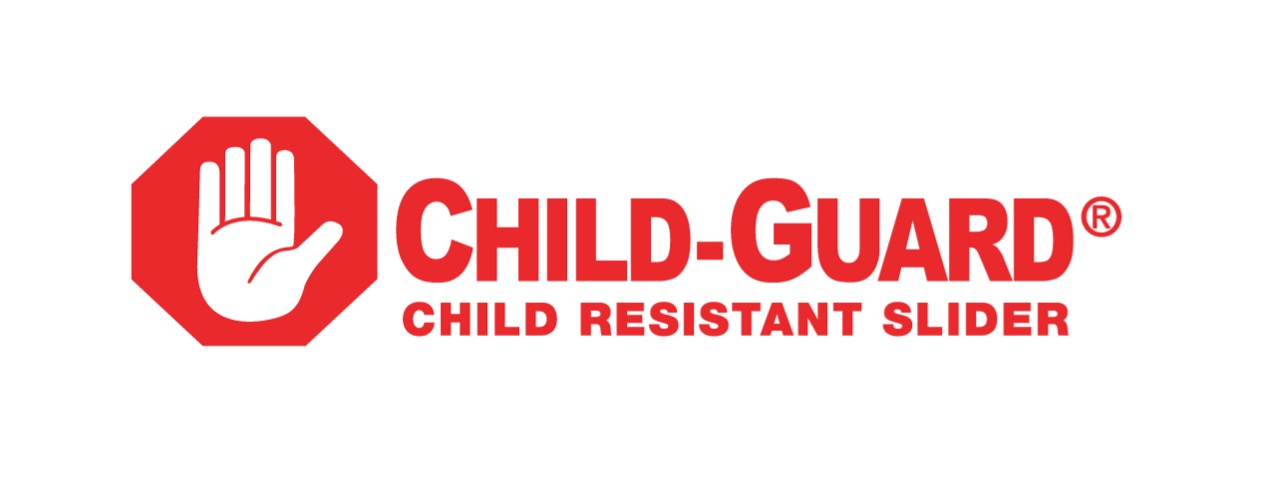
Our Child-Guard® child-resistant closure was designed to help make flexible packaging safer around young kids. Besides preventing young children from accessing products they shouldn’t in the home, this innovative package design can also help make classrooms and childcare facilities safer.
Schools and daycare providers use many different household products. Teachers can’t watch children every second of the day. A child-resistant closure helps give caretakers and educators a little extra peace of mind.
Whether you’re a parent, a teacher, or a school administrator, anyone who takes care of young children should look for brands using the Child-Guard® closure on packaging. You’ll make your voice heard with the products you choose to purchase, and soon other brands will do the responsible thing and protect kids with safer packaging.

 Back to Blog
Back to Blog